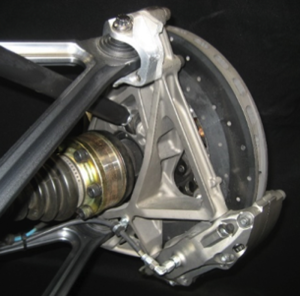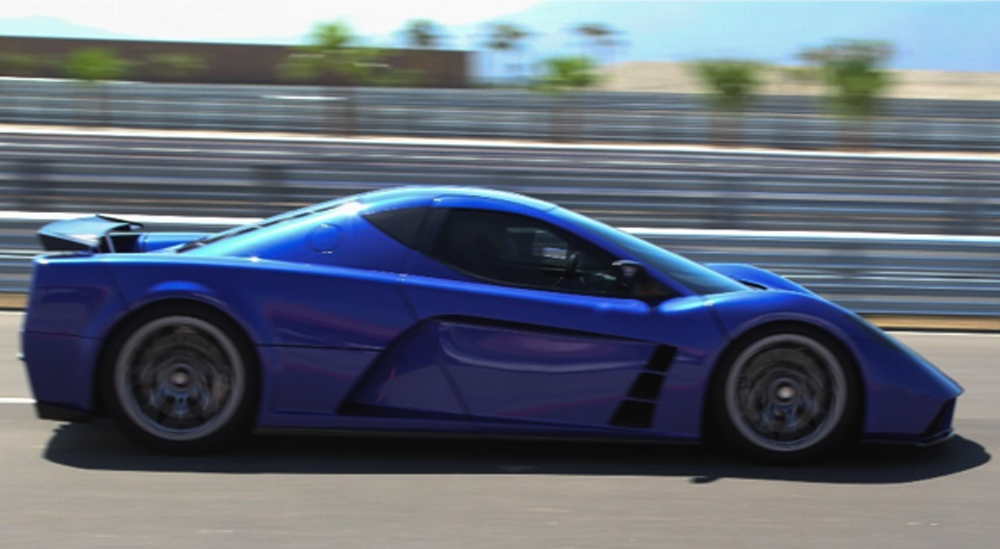Advanced manufacturing group CRP is known for using 3D printing technology to produce high-speed vehicles described with adjectives like “super”, such as their Energic all-electric “superbike”. In their latest project with Kepler Motors and World Speed Record Holder Russ Wicks, the company brought both 3D printing and amped up adjectives to the drawing board to create the MOTION hypercar, an auto engineered with optimized components and materials to obtain peak performance.
In seeking out a Formula 1 and 3D printing expert, Kepler Motors turned to CRP Group to 3D print low-run parts for the production 50 MOTION hypercars. Soon, they realized that, not only could CRP’s 3D printing be used to directly manufacture individual parts, but also to create patterns for investment casting. This allowed Kepler to further take advantage of the unique design possibilities of 3D printing to cast titanium uprights for the MOTION series. The auto company was also able to leverage CRP’s rapid casting and CNC machining to further craft their cars.
Director of Operations for CRP USA, Stewart Davis, elaborated, “It is very common for a company to rethink their design as soon as they understand the potential with 3D printing. Once an engineer understands the possibility of manufacturing highly complex designs and shapes using additive manufacturing technology and applications, shapes that could not be manufactured by traditional processes, they begin designing without limitations. By combining 3D printing, rapid casting and precision CNC machining, engineers can think outside of traditional manufacturing methods and design complex, intricate parts.”


CRP Group is growing to become an important player in the motorsports, space, defense, and automotive fields, as they have the capability to apply 3D printing technology and their high-performance materials to the design of critical components. For that reason, Engineering Director at Kepler Derk Hartland, believed CRP to be the appropriate partner for the project, “We partnered with CRP Group and their network of companies because they are experts in F1 and know how to apply additive manufacturing to the overall design process. Being able to leverage the knowledge of Stewart Davis and his team was critical to the rethinking how we designed our upright. CRP Meccanica was a pivotal part of our design process,” said Hartland. “Cast titanium is an art form and it requires expertise and experience to create an optimal part. The companies of CRP Group were very helpful, professional and a pleasure to work with throughout the entire project.”
In engineering such vehicles as the MOTION hypercar, CRP demonstrates that, even if 3D printing isn’t used for the direct production of components, it can play a vital role aiding traditional manufacturing techniques to create complex components.



